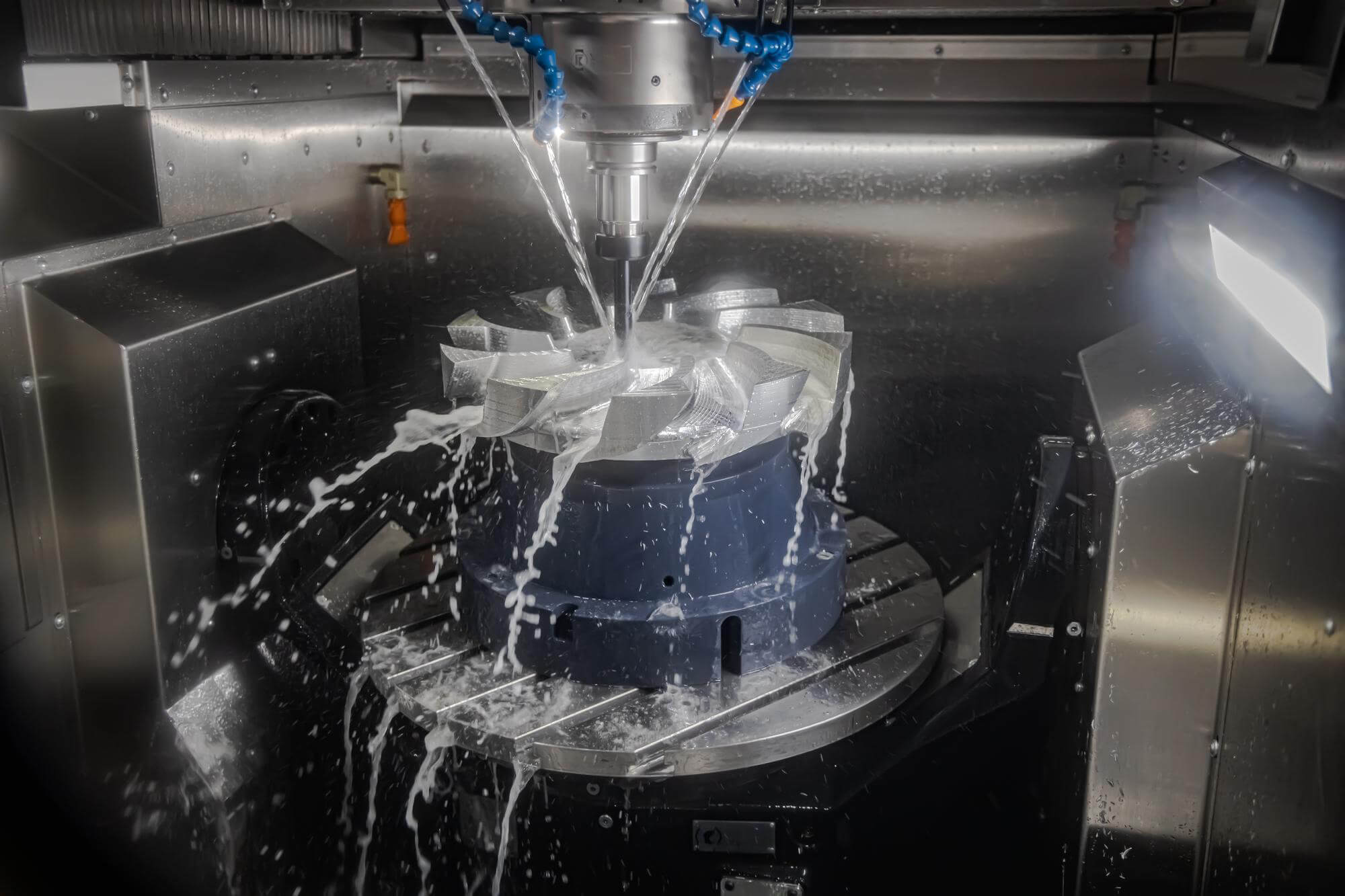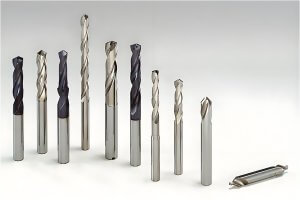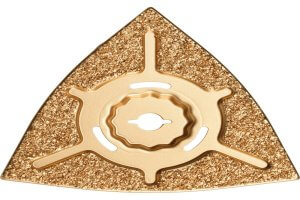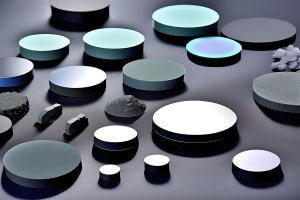One critical aspect of CNC programming is the use of M codes, which control various machine functions such as spindle rotation, coolant flow, gear range selection, and the use of machine accessories. This article delves into the key machine functions in CNC machining, focusing on the roles of coolant, spindle, gear range, and machine accessories, and provides practical insights into optimizing their use.
Coolant Functions
Coolant is essential in most metal-cutting operations to cool the cutting tools and workpiece, remove chips, and lubricate the cutting process. In CNC machining, coolant functions are controlled by specific M codes:
- M07: Mist coolant on
- M08: Flood coolant on
- M09: Coolant off
Examples of Coolant Control:
N110 M07 (Mist coolant on)
N340 M08 (Flood coolant on)
N500 M09 (Coolant off)
N230 G00 X11.5 Y10.0 M08 (Move and flood coolant on)
N400 G00 Z1.0 M09 (Move and coolant off)Using coolant effectively involves understanding the timing and placement of coolant activation. The main reasons for using coolant are:
- Heat Dissipation: Coolant helps dissipate the heat generated during the cutting process, preventing overheating of the cutting tool and workpiece.
- Chip Removal: The force of the coolant helps remove chips from the cutting area, maintaining a clean work environment.
- Lubrication: Coolant reduces friction between the cutting tool and the material, extending tool life and improving surface finish.
Spindle Functions
Spindle control is another crucial aspect of CNC machining. The spindle can rotate in two directions: clockwise (CW) and counterclockwise (CCW). The relevant M codes for spindle control are:
- M03: Spindle on (clockwise)
- M04: Spindle on (counterclockwise)
- M05: Spindle stop
- M19: Spindle orientation
Examples of Spindle Control:
N10 M03 S1500 (Spindle on CW, speed 1500 RPM)
N20 G01 X50 (Linear move)
N30 M05 (Spindle stop)
N40 M04 S1200 (Spindle on CCW, speed 1200 RPM)
N50 G01 X100 (Linear move)
N60 M19 (Spindle orientation)Spindle orientation (M19) is particularly useful during tool changes and specific machining operations such as boring, where the tool must be precisely aligned.
Gear Range Selection
Many CNC lathes and machining centers allow programmable gear range selection to optimize spindle speed and torque for different operations. The typical M codes for gear range selection are:
- M41: Low gear range
- M42: Medium gear range (if available)
- M43: High gear range
Examples of Gear Range Control:
N100 M41 (Low gear range)
N200 M42 (Medium gear range)
N300 M43 (High gear range)Selecting the appropriate gear range is crucial for balancing spindle speed and torque requirements, ensuring efficient and safe machining operations.
Machine Accessories
CNC machines often come equipped with various accessories that enhance their functionality. These accessories are controlled by specific M codes and include tool changers, pallet changers, and additional features like threading and coolant management. Some of the key M codes for machine accessories are:
- M06: Automatic tool change (ATC)
- M60: Automatic pallet change (APC)
- M23: Threading on
- M24: Threading off
- M98: Call subprogram
- M99: End subprogram
Examples of Accessory Control:
N20 T01 M06 (Select and change to tool 1)
N70 T02 M06 (Select and change to tool 2)
N100 M60 (Automatic pallet change)
N200 M23 (Threading on)
N300 M24 (Threading off)
N400 M98 P1000 (Call subprogram 1000)
N500 M99 (End subprogram)Effective use of these accessories can significantly reduce setup time, improve machining accuracy, and increase overall productivity.
Understanding and effectively utilizing key machine functions in CNC machining, such as coolant, spindle control, gear range selection, and machine accessories, are vital for optimizing performance and achieving high-quality results. By mastering the use of these functions, machinists can improve efficiency, extend tool life, and produce superior parts.
Other Articles You Might Enjoy
- Precision CNC Machining of Steel: High-Volume Production
Precision CNC Machining and High-Volume Production As an integral part of modern manufacturing processes, Precision Computer Numerical Control (CNC) machining brings about unmatched accuracy and consistency in the production of…
- Material Versatility in CNC Machining: From Titanium to Thermoplastics
Introduction to CNC Machining CNC machining stands as a cornerstone in the manufacturing sector, enabling the precise creation of parts and components. This process utilizes computer numerical control (CNC) to…
- Precision CNC Machining for High-Performance Industrial Machinery
Precision CNC Machining for High-Performance Industrial Machinery The process of Precision CNC (Computer Numerical Control) machining is at the core of manufacturing high-performance industrial machinery. This technique leverages a computer's…
- Nickel vs. Cobalt Alloys in High-Temperature CNC Machining: A Detailed Analysis?
Nickel and Cobalt Alloys in High-Temperature CNC Machining Both Nickel and Cobalt alloys play an essential role in high-temperature CNC machining. These metal alloys are popular choices due to their…
- CNC Machining for Medical Applications: Compliance and Material Selection?
Introduction to CNC Machining in Medical Applications CNC or Computer Numerical Control machining is a manufacturing process wherein pre-programmed computer software dictates the movement of factory tools and machinery. This…
- Unraveling Bead Blasting Process in CNC Machining(cnc machining china Sid)
Bead blasting is a significant process within the realm of Computer Numerical Control (CNC) machining, providing numerous industries with quality finishes for various types of products. From aircraft parts to…






